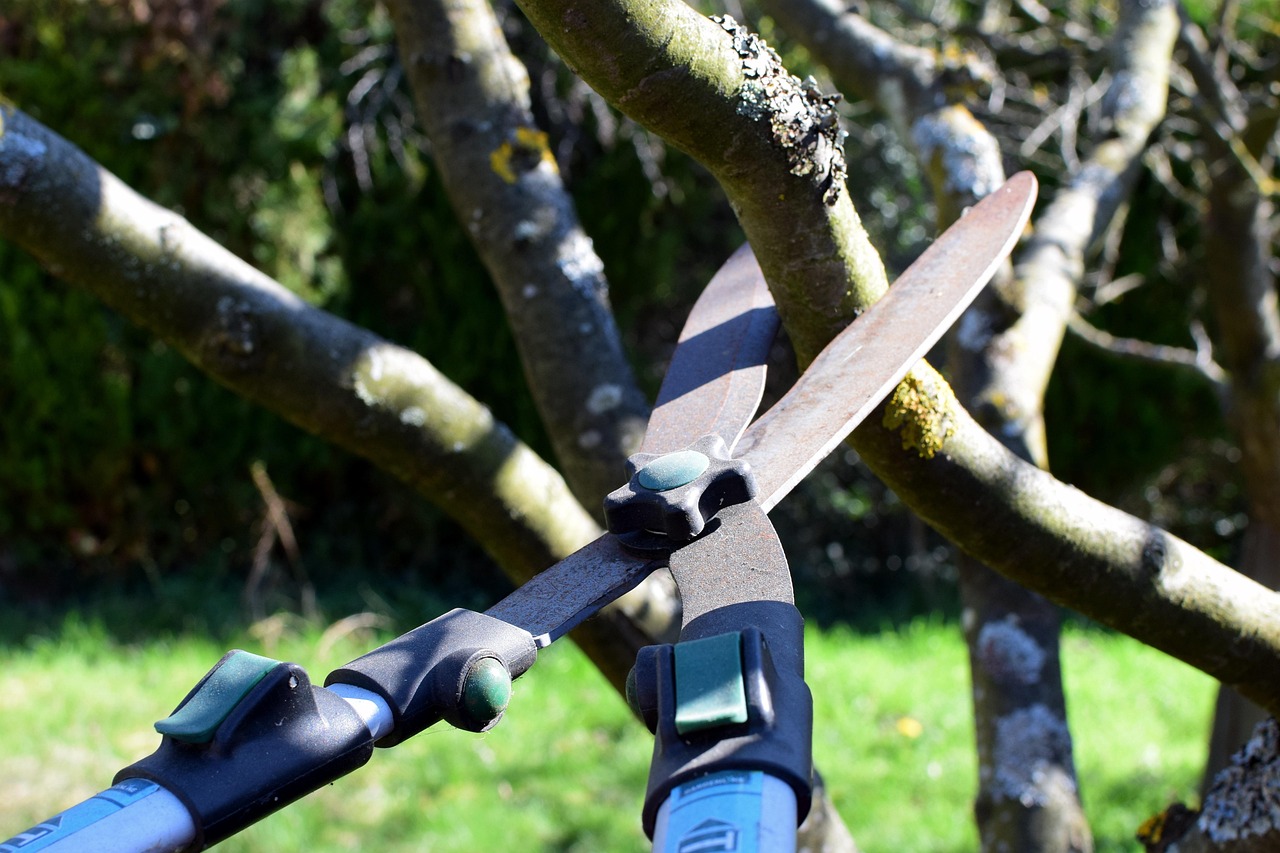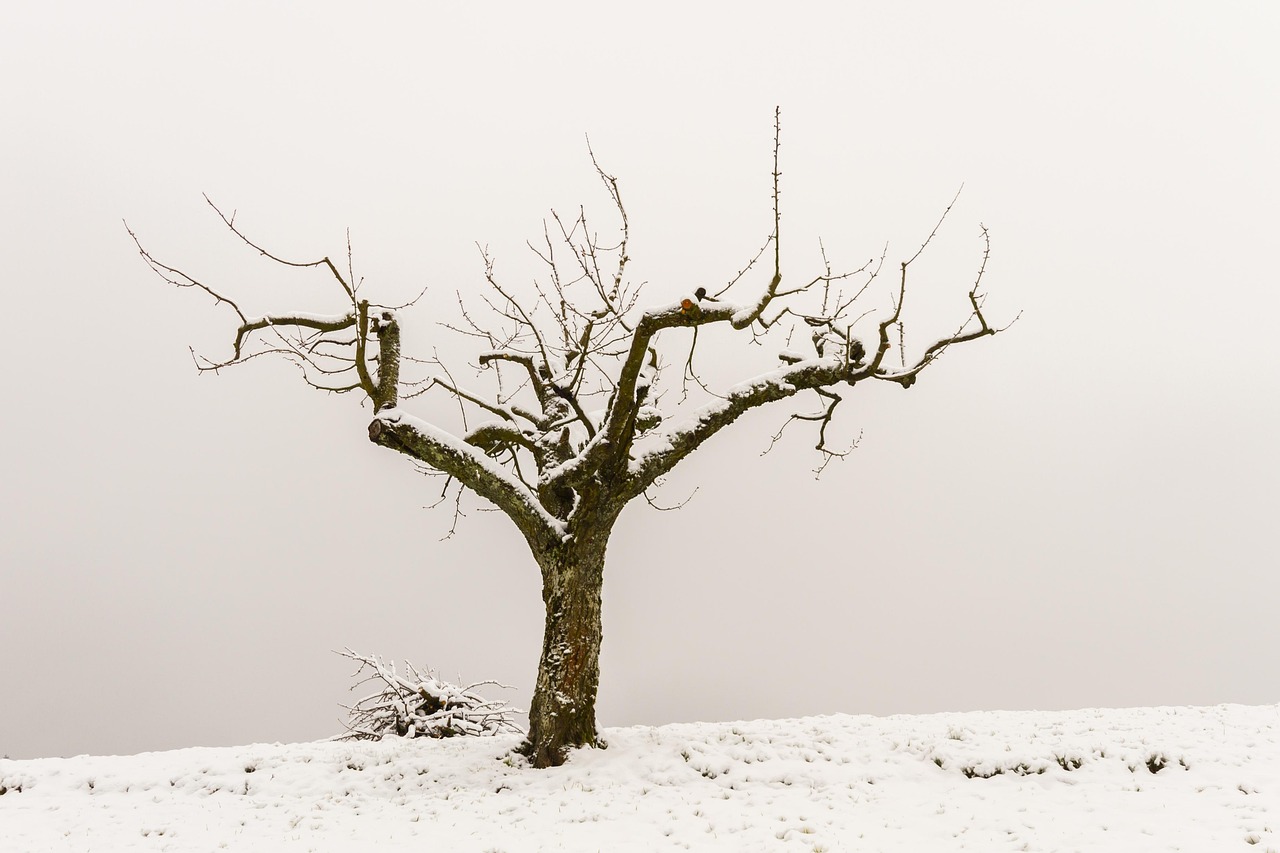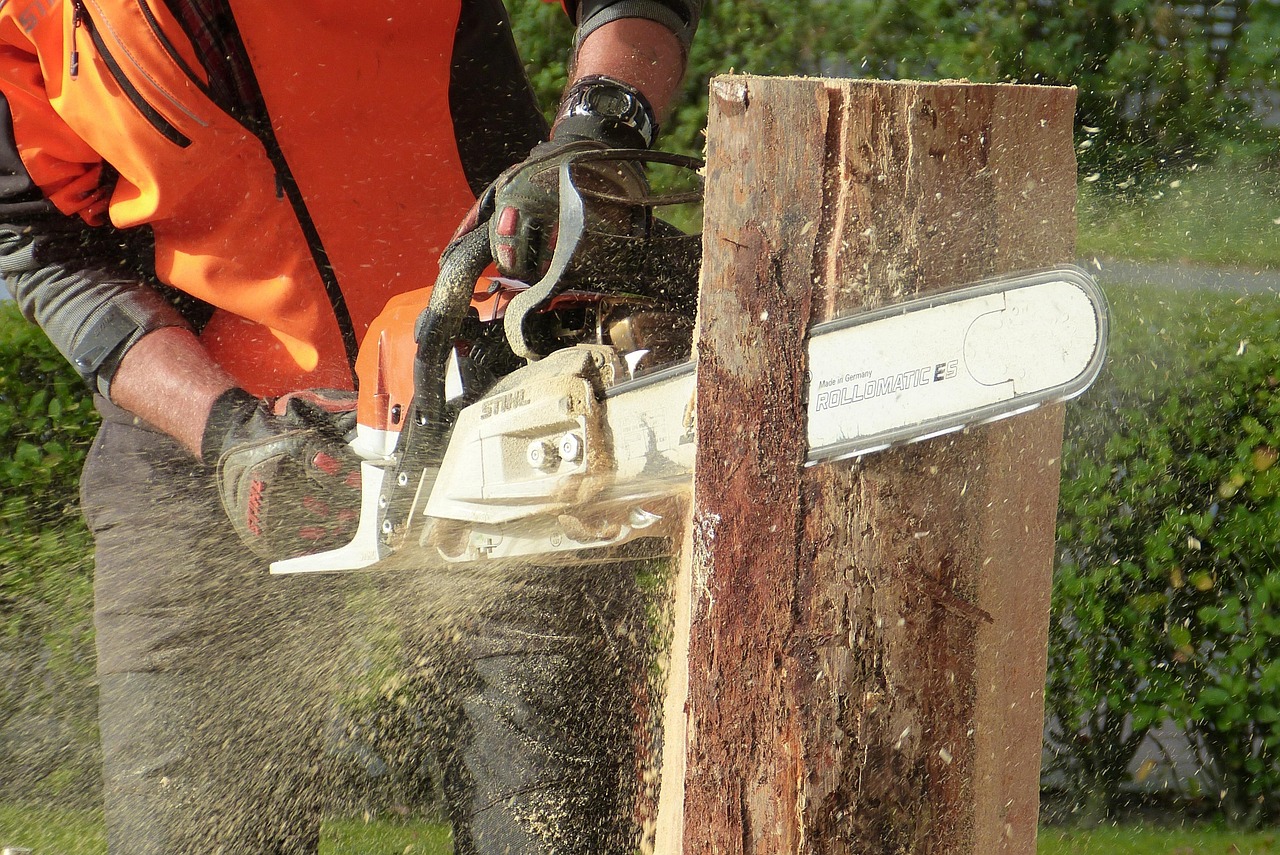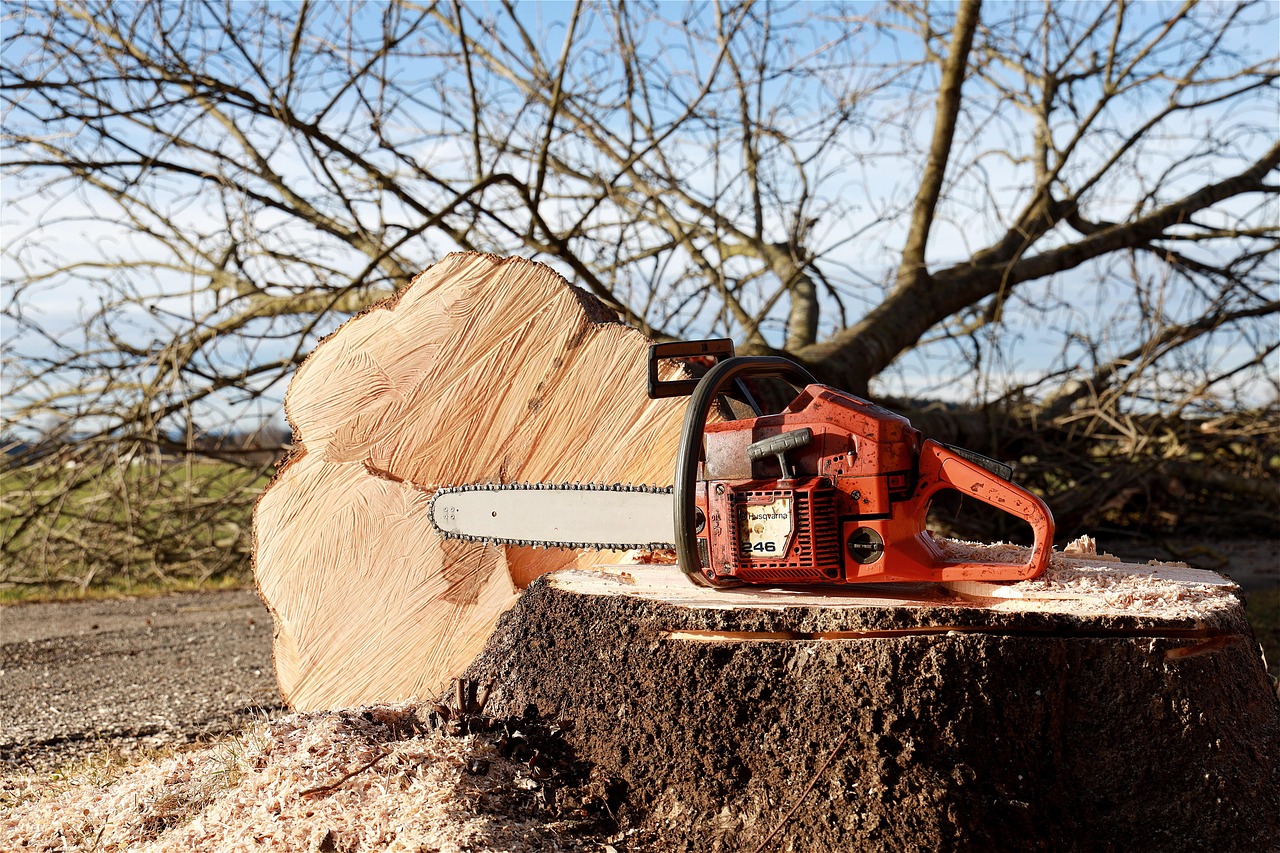Tree pruning is essential for maintaining tree health. Different techniques cater to various tree types. Common methods include crown thinning, crown raising, and reduction. Each technique serves specific purposes, improving growth, safety, and aesthetics.
Maintaining trees is vital for any landscape. Pruning helps promote healthy growth, enhance the appearance of trees, and ensure safety. Proper pruning techniques can prevent disease, improve air circulation, and allow more sunlight to penetrate the tree canopy. Understanding the different pruning methods available can help you choose the best approach for your trees.

Different types of trees may require various pruning techniques to achieve the best results. For instance, deciduous trees often benefit from a different approach than evergreen trees. Additionally, young trees typically require formative pruning, while mature trees may need maintenance pruning. Knowing when and how to prune is crucial for optimal tree care.
Types of Tree Pruning Techniques
There are several common pruning techniques that apply to all types of trees. Each technique has distinct purposes and benefits. Here are some essential pruning methods:
- Crown Thinning: This technique involves selectively removing branches to improve light penetration and air circulation within the canopy.
- Crown Raising: Crown raising focuses on removing lower branches to create clearance for pedestrians or vehicles.
- Crown Reduction: This method reduces the size of a tree’s canopy while maintaining its shape. It’s often used for overgrown trees.
- Deadwooding: This involves removing dead or dying branches to prevent decay from spreading to healthy parts of the tree.
- Shaping: Shaping is used to maintain the desired form and appearance of a tree, often performed on ornamental varieties.
Pruning is not just about aesthetics; it can also play a significant role in tree health. Removing diseased or damaged branches prevents further issues from developing. Furthermore, proper pruning can encourage new growth and improve fruit production in fruit-bearing trees.

Here’s a quick overview of when to apply these techniques based on the type of tree:
| Tree Type | Best Time to Prune | Recommended Techniques |
|---|---|---|
| Deciduous Trees | Late winter to early spring | Crown thinning, deadwooding |
| Evergreen Trees | Late spring to early summer | Crown raising, shaping |
| Fruit Trees | Late winter | Crown reduction, deadwooding |
| Ornamental Trees | Spring after blooming | Shaping, crown thinning |
The timing of pruning is as important as the technique itself. Pruning during the wrong season can lead to stress for the tree, making it more susceptible to disease or pests. Understanding the growth cycle of each tree type will help you determine the most effective time for pruning.
In addition to understanding techniques and timing, it’s essential to use the right tools for pruning. Sharp and clean cutting tools minimize damage to the tree and make cleaner cuts. Some essential tools include:

- Hand Pruners: Ideal for small branches up to ¾ inch thick.
- Loppers: Used for branches between ¾ inch and 2 inches thick.
- Saws: Necessary for larger branches over 2 inches thick.
- Pruning Shears: Useful for delicate trimming on smaller plants.
Proper care and maintenance through pruning can lead to healthier trees. Healthy trees not only beautify landscapes but also provide shade, improve air quality, and support wildlife. Understanding these techniques allows for better decisions when managing your trees.
As we delve deeper into specific pruning methods in upcoming sections, you will learn how to apply these techniques effectively based on your needs and the unique characteristics of your trees.
Understanding the Pruning Process
Pruning is not merely about cutting branches. It involves a systematic approach to ensure trees remain healthy and aesthetically pleasing. Understanding the pruning process helps you make informed decisions about which techniques to use. Each step in the process is crucial for achieving the desired outcome.

1. Assessing the Tree
Before you start pruning, it is vital to assess the tree’s health and structure. Look for signs of disease, damage, or weakness. Take note of the following factors:
- Tree Species: Different species have varying growth habits and responses to pruning.
- Tree Age: Young trees often require different techniques compared to mature ones.
- Overall Health: Check for pests, diseases, and structural issues.
- Growth Patterns: Observe how the tree has been growing to identify areas needing attention.
By understanding these factors, you can tailor your pruning approach to meet the specific needs of each tree. This assessment phase sets the groundwork for effective pruning.
2. Developing a Pruning Plan
Once you have assessed the tree, the next step is to develop a pruning plan. This plan should outline:
- The specific objectives of pruning (e.g., improving health, aesthetics).
- The techniques you will use based on the tree’s condition.
- The timing of your pruning efforts.
- The tools required for each technique.
A well-structured plan will ensure that you stay focused during the pruning process. It also helps in preventing unnecessary cuts that could harm the tree.
3. Pruning Techniques in Detail
Now that you have a plan, let’s explore some common pruning techniques in more detail. Each technique serves a unique purpose and can greatly influence the tree’s growth and health.
Crown Thinning
Crown thinning involves selectively removing branches to reduce density without altering the overall shape. This technique is beneficial for:
- Improving light penetration to lower branches.
- Enhancing air circulation within the canopy.
- Reducing wind resistance for tall trees.
Crown Raising
Crown raising is performed by removing lower branches to increase clearance. This technique is particularly useful for:
- Creating space for pedestrians and vehicles.
- Encouraging upward growth in young trees.
- Improving visibility and aesthetics in a landscape.
Crown Reduction
Crown reduction reduces the height and spread of a tree while preserving its natural shape. It is often necessary for:
- Mature trees that have outgrown their space.
- Trees near power lines or structures.
- Enhancing safety by minimizing risk from falling branches.
Timing Your Pruning
The timing of your pruning is critical for ensuring optimal results. Here are some general guidelines:
| Technique | Best Season | Reasoning |
|---|---|---|
| Crown Thinning | Late winter to early spring | Encourages new growth as trees come out of dormancy. |
| Crown Raising | Spring or summer | Minimizes stress while allowing the tree to recover quickly. |
| Crown Reduction | Late winter or early spring | Reduces shock during the active growing season. |
| Deadwooding | Anytime | Immediate removal of dead or diseased branches improves health. |
Timing is crucial because improper pruning during certain seasons can lead to stress and vulnerability to diseases. Knowing when to prune ensures that your trees remain healthy and vibrant.
Safety Precautions While Pruning
Safety should always be a priority when pruning trees. Here are some essential precautions to keep in mind:
- Wear Protective Gear: Use gloves, safety glasses, and helmets if working with larger tools or high branches.
- Inspect Equipment: Always check that tools are in good condition before use.
- Watch for Hazards: Be aware of power lines and unstable branches while working.
- Work with a Partner: If you are using ladders or working at heights, having someone nearby can provide assistance in case of an emergency.
Taking these precautions can help prevent accidents and injuries during the pruning process, ensuring that both you and your trees remain safe and healthy.
The pruning process requires careful planning, knowledge of techniques, and attention to safety. Understanding these elements will enhance your ability to care for your trees effectively as we explore further techniques in the next section.
Advanced Pruning Techniques for Specific Trees
While the basic pruning techniques are essential for maintaining tree health, advanced methods can further enhance growth and vitality. Different trees require unique approaches based on their species, size, and health. This section will explore advanced pruning techniques tailored for specific types of trees.
1. Pruning Fruit Trees
Fruit trees require careful pruning to ensure a healthy yield. Proper pruning can improve fruit quality and increase production. Here are some advanced techniques specifically for fruit trees:
- Open Center Pruning: This method creates a vase-like shape by removing the central leader, allowing sunlight to reach the inner branches. It is especially effective for peach and cherry trees.
- Spindle Training: Often used for apple trees, this technique involves creating a vertical axis with several horizontal branches. It promotes even light distribution and air circulation.
- Renewal Pruning: This involves cutting back older branches to encourage new growth, ensuring the tree remains productive as it ages.
Timing is crucial in fruit tree pruning. The best time to prune is during the dormant season, typically late winter. This timing helps minimize stress and encourages vigorous spring growth.
2. Pruning Ornamental Trees
Ornamental trees enhance landscapes and require unique pruning methods to maintain their aesthetic appeal. Here are some techniques suited for ornamental varieties:
- Training Young Trees: Early training ensures proper structure. Techniques like central leader training help establish a strong framework.
- Thinning Out: For densely branched species, selectively removing branches can enhance their visual appeal and health by allowing more light into the canopy.
- Seasonal Shaping: Seasonal shaping is performed after flowering to maintain the desired form of flowering trees like dogwoods and magnolias.
Ornamental trees often require lighter, more frequent pruning compared to fruit trees. This helps maintain their shape without compromising health or aesthetics.
3. Pruning Evergreen Trees
Evergreen trees, like pines and spruces, have unique growth patterns that necessitate specific pruning techniques. Here are some advanced methods:
- Pinching: For young evergreens, pinching off new growth tips encourages denser foliage and a bushier appearance.
- Candle Reduction: This technique involves trimming back new growth (candles) in late spring to promote branching and maintain shape.
- Selective Pruning: Remove any dead or diseased branches to maintain the health of the tree while preserving its natural shape.
Pruning evergreen trees should ideally be done in early spring or late winter before new growth begins. This timing helps reduce stress on the tree and supports healthy growth patterns.
The Role of Pruning in Tree Health Management
Pruning plays a significant role in overall tree health management. By understanding its impact, you can make informed decisions about when and how to prune effectively. Here are several key benefits of proper pruning:
- Disease Prevention: Removing dead or diseased wood helps prevent the spread of pathogens throughout the tree.
- Pest Control: Thinning out dense canopies reduces pest habitat, making it easier to manage infestations.
- Improved Airflow: Proper pruning enhances airflow through the canopy, reducing moisture levels that can lead to fungal diseases.
- Structural Integrity: Regular pruning can help develop a strong structure, minimizing the risk of branch failure during storms.
The benefits of pruning are clear, but timing and technique must align with the tree’s specific needs to maximize these advantages. For instance, pruning at the wrong time can expose trees to diseases or hinder growth.
The Importance of Monitoring Tree Health
Monitoring tree health is essential for effective pruning. Keeping an eye on your trees allows you to identify issues early and adjust your care practices accordingly. Key monitoring practices include:
- Regular Inspections: Routinely check for signs of disease or damage, such as discolored leaves or unusual growth patterns.
- Pest Observation: Look for signs of pest activity, such as holes in leaves or webbing on branches.
- Soil Health Assessment: Ensure that the soil around your trees has adequate nutrients and drainage to support healthy growth.
By staying observant and proactive, you can implement pruning strategies more effectively. This approach not only enhances tree health but also contributes to the overall beauty and functionality of your landscape.
Common Mistakes in Tree Pruning
Avoiding common mistakes is crucial for successful pruning outcomes. Here are several pitfalls to watch out for when caring for your trees:
- Over-Pruning: Removing too many branches can stress a tree and lead to poor growth or even death.
- Poor Timing: Pruning at the wrong time can disrupt growth cycles and expose trees to diseases.
- Using Dull Tools: Dull tools can cause jagged cuts, leading to increased vulnerability to pests and diseases.
- Lack of Knowledge: Not understanding tree species or growth habits can result in ineffective or harmful pruning practices.
Awareness of these mistakes can help you refine your pruning techniques, ensuring healthier trees and more beautiful landscapes. Each tree is unique, and understanding its needs is key to effective management.
This exploration of advanced pruning techniques and their role in tree health management provides a deeper insight into maintaining vibrant landscapes. As we move forward, we will continue to uncover more details about specific practices that contribute to successful tree care.
Maintaining Tree Health Through Pruning Care
Understanding tree pruning techniques is essential for promoting healthy growth and longevity. It is important to remember that trees are living organisms that respond to care and management. A well-managed tree not only enhances the beauty of your landscape but also contributes to the environment by improving air quality, providing shade, and supporting wildlife.
Beyond the techniques discussed, there are several ongoing practices that can help maintain tree health in conjunction with pruning:
- Regular Fertilization: Trees benefit from appropriate nutrient levels. Assessing soil health and fertilizing as needed supports overall tree vigor.
- Watering: Newly pruned trees may need additional water to recover from stress. Consistent moisture is vital, especially during dry spells.
- Mulching: Applying mulch around the base of trees helps retain moisture, suppress weeds, and regulate soil temperature.
- Pest Management: Monitoring for pests regularly allows for early intervention, which is crucial for maintaining tree health.
Incorporating these practices alongside effective pruning will lead to happier, healthier trees that thrive in their environment. As you continue to care for your trees, remember that each species may have specific needs that should be considered in your overall care plan.
Understanding the Seasons in Tree Care
The seasons play a crucial role in tree care and pruning. Each season presents unique opportunities and challenges for tree management:
- Spring: This is a time of growth. Pruning should focus on shaping and training young trees to establish strong structures.
- Summer: Monitor tree health, including assessing for pests and diseases. Light pruning may be appropriate to improve air circulation.
- Fall: This season is about preparing trees for dormancy. It is an excellent time for more extensive pruning of deciduous trees before winter sets in.
- Winter: Dormant season pruning is beneficial as trees are less stressed and can heal faster. It is the best time for major cuts.
Understanding how seasonal changes impact tree growth enables you to time your pruning and care efforts effectively, leading to better outcomes for your trees.
Final Thoughts
Tree pruning is an art and science that requires knowledge, skill, and an understanding of the specific needs of each tree species. By employing the right techniques at the appropriate times, you can enhance the health, beauty, and safety of your trees. Regular monitoring, proper tools, and ongoing care practices complement pruning efforts and contribute to the overall success of your tree management strategy.
A well-pruned tree not only adds value to your property but also plays a vital role in local ecosystems. As you continue to learn and adapt your techniques, remember that patience and observation are key. Trees take time to respond to care, so be sure to give them the attention they need while allowing them space to thrive.
Whether you are a novice gardener or an experienced arborist, the insights shared in this article aim to empower you in your journey of tree care. Embrace the joys of nurturing nature, and enjoy the beauty that well-maintained trees bring to your environment.
